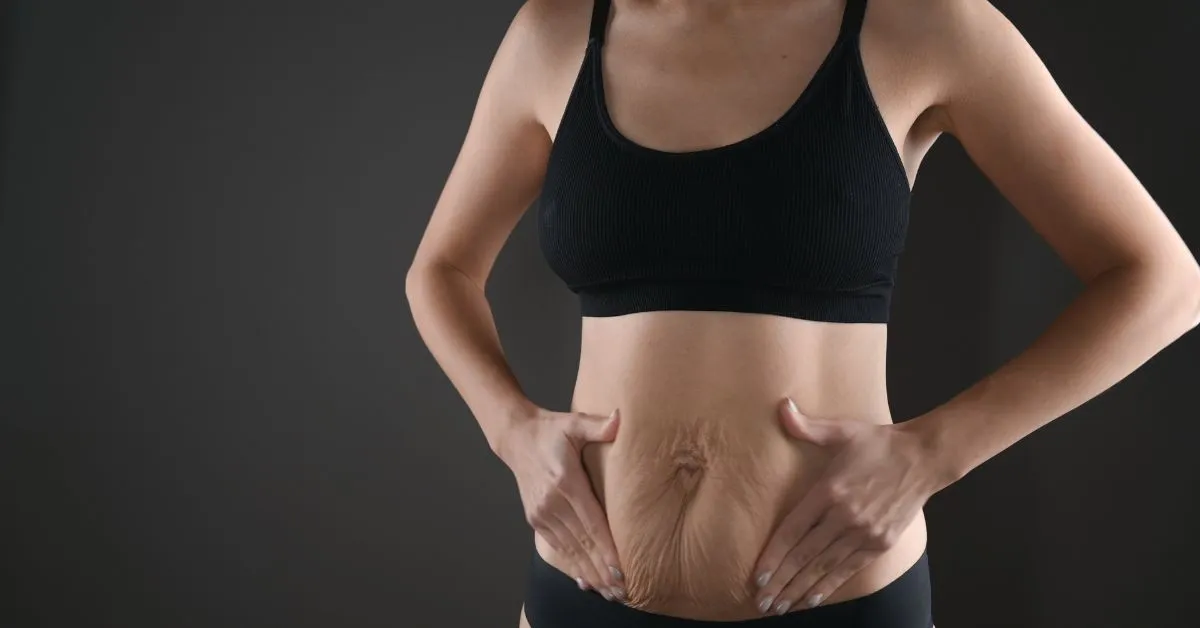- Some individuals are not suitable candidates for certain plastic surgery procedures.
- Both surgical and non-surgical cosmetic treatments are governed by limitations; what is effective for one person may not achieve the same results for another.
- Awareness of why a certain procedure may not be appropriate for you is helpful in the long-term as it means you can seek another more suitable treatment instead.
- This article outlines contraindications to some common procedures such as dermal fillers, liposuction and breast augmentation.
One of the most appealing features of plastic surgery is that it can aesthetically achieve what often seems impossible. Plastic surgery allows individuals to fulfill their deepest cosmetic desires and in so doing, can powerfully renew self-confidence and self esteem.
Those who have undergone plastic surgical procedures would generally agree that it offers a realistic, practical means of manifesting how we wish to present ourselves to the world.
However, many patients fail to realize that plastic surgery is governed by certain limitations. Not every procedure is suitable for everyone, and not every procedure can guarantee the same results: your own unique anatomy imposes restrictions on what is possible. Awareness of the limitations of certain popular surgical procedures will allow you to have more realistic expectations.
In some cases, knowing in advance that you are not a good candidate for a procedure is useful when determining the best course of treatment to help you achieve your goals.
Here are some common contraindications to popular cosmetic surgical procedures:
Dermal Fillers For Bulging Tear Troughs
The tear trough is a depression which runs from the inner corner of the eye and extends downwards and outwards, above the cheek. It causes hollows or dark shadows under the eyes, or in some cases where the fat has begun to descend in a downward movement towards the cheek, the appearance of under eye bags.
The under eye area is a region for which many patients seek treatment, because a tired, sagging under eye area prematurely ages the face.
Dermal fillers such as Restylane offer an excellent method of addressing hollows in the tear trough area by filling in and smoothing the skin out. Patients with mild fat bulging in the lower lids can also benefit from dermal fillers.
However, dermal fillers are not a panacea for all under eye issues. Patients with significant bulging fat under the eyes are not candidates for dermal fillers: the fillers will address the hollow part of the trough, but also exacerbate the bulge or bags under the eyes making them appear more pronounced and noticeable.
This does not mean the under eye region cannot be enhanced or improved. For these patients, a form of more invasive surgery such as blepharoplasty offers more aesthetically pleasing (and permanent) results.
Dermal Fillers For Pronounced Jowls
There is a preference among today’s plastic surgery consumers for non-invasive, or minimally invasive procedures with little to no downtime.
Consequently, fillers have been wholeheartedly and enthusiastically embraced by many individuals who mistakenly believe they can offer semi-permanent fixes to all manner of facial issues. While dermal fillers for individuals with bulging in their tear troughs represents one such example of an inappropriate treatment, fillers for patients with significant jowling represents another.
Filling and sculpting agents such as Juvederm Ultra can provide support, fill and lift to the mid-cheek area and reduce the appearance of jowls, but only if the jowling is very mild. In this sense, dermal fillers offer a way to temporarily “camouflage” the area.
Patients who have sagging cheeks (jowls) that drop below the jawline, however, benefit from surgery in the form of a lower facelift, not fillers. Board-certified plastic surgeon Dr Gary Breslow reports, “Adding fillers to hide excessive jowling makes someone look like they’ve gotten fillers. I always tell my patients that the worst compliment they can get is ‘where did you get your fillers done?’
Liposuction, Coolsculpting or Kybella For Excess Neck Skin
Excess neck skin (turkey neck) is a relatively common issue that causes aesthetic concern for both men and women. It results from skin which has lost its elasticity and hangs under the chin and around the neck.
It is also caused by the development of platysmal bands, which are thin bands of muscle located in the neck. With age, these bands become more prominent. Many patients seek treatment for lax neck skin as they age or following significant weight loss.
Erroneously, many patients believe the condition can be treated with non-invasive procedures such as Kybella or Coolsculpting, or at most a minimally invasive procedure like liposuction.
However, these procedures are only effective in treating excess fat. The successful treatment of excess skin in this region requires neck lift surgery. Only a neck lift can trim the lax skin and effectively lift and contour the neck area.
Breast Augmentation Without Breast Lift For Severely Sagging Breasts
According to Dr Gary Breslow, there is a common misconception that breast augmentation alone will suffice for women with severely sagging breasts.
Women in their thirties and forties often seek breast augmentation after they have finished having children with the objective of restoring their bodies to their pre-partum state.
Breast lift surgery (mastopexy), however, is often overlooked by women who are concerned about the possibility of scarring that can occur with breast lift surgery, or who have friends who have not had children, but enjoyed the results of breast augmentation alone without a breast lift.
Pregnancy, childbirth and breastfeeding often leaves women’s breasts deflated, lacking volume and resting on the chest with the nipples pointing downwards.
Dr Breslow explains, “Breast augmentation does provide a small amount of lift for patients who have a small amount of sagging”. However, augmentation surgery on its own cannot give sufficient lift to severely sagging breasts.
For women with considerable breast sag, a breast lift is absolutely essential. Augmentation should only be performed in conjunction with a breast lift to achieve optimal results: breasts that are fuller, rounder, perkier, and more youthful-looking.
Liposuction For Excess Arm Or Thigh Skin
In 2016, liposuction ranked as the second most popular cosmetic surgery procedure in the U.S., and for good reason: it delivers impressive results via a minimally invasive technique, helping people eradicate stubborn fatty deposits around their bodies with relative ease.
However, while liposuction can effectively and efficiently remove subcutaneous fat, it cannot remove excess skin.
In some cases, particularly among older patients, liposuction performed on the inner thighs or the arms will result in excess skin, this because the skin lacks the necessary elasticity to adjust to the newer, slimmer body contour.
While 20-year-olds may be able to get away with liposuction of the inner thighs or arms, a 60-year-old generally will not. In the cases of older patients, the residual sagging skin that is left after liposuction may look even worse than before, which is why frequently liposuction benefits from being accompanied by a surgical lift.
It is essential to remember that removal of excess fat needs to be complemented with the removal or firming of excess skin. Liposuction with an arm lift guarantees the best possible outcome.
Liposuction For Obese Patients
As evidenced above, there is sometimes confusion, or a lack of awareness, regarding what liposuction can and cannot do.
Dr Gary Breslow reports that often women in their thirties or forties who have had several children will come to plastic surgeons under the misguided belief that liposuction will correct their stretched abdominal areas.
Among many women, there is minimal excess fat but an abundance of lax skin. Liposuction cannot successfully correct loose abdominal skin; what is required in this situation is a full tummy tuck. Says Dr Breslow, “I tell these patients that doing liposuction treats an entirely different issue and would be like removing someone’s gallbladder to treat appendicitis”.
The overarching message is that often, taking shortcuts or hoping that the less invasive option will perform miracles, is both unlikely and misguided.
Furthermore, it places you at risk of investing money in a treatment that will render little difference to your appearance or even detrimentally affect it, and cheat you of the genuine results you deserve.
Ensure that you place yourself in the care of a competent board-certified surgeon who can provide you with honest guidance and advice about the most suitable treatment available so you can achieve the goals you desire.









